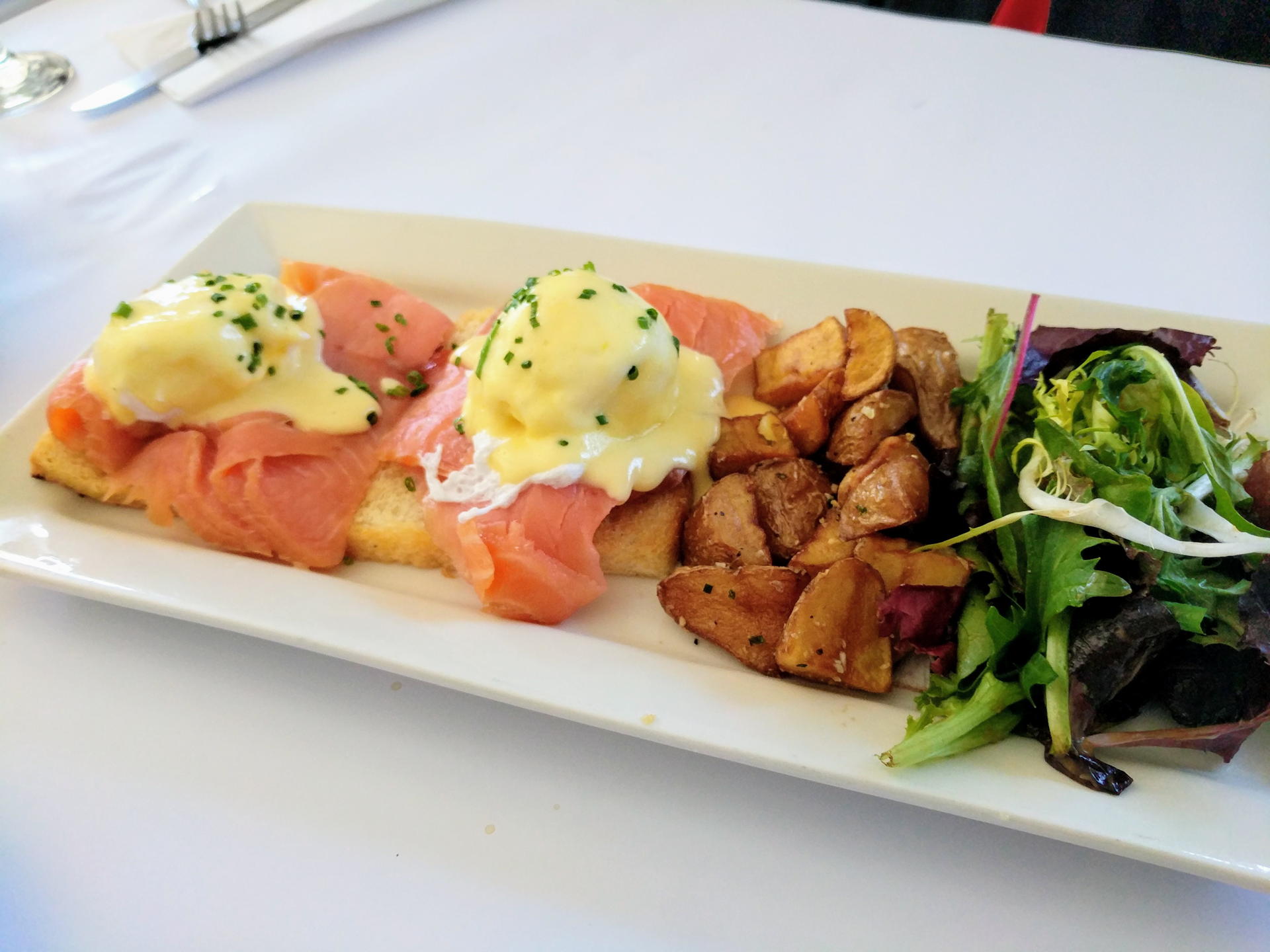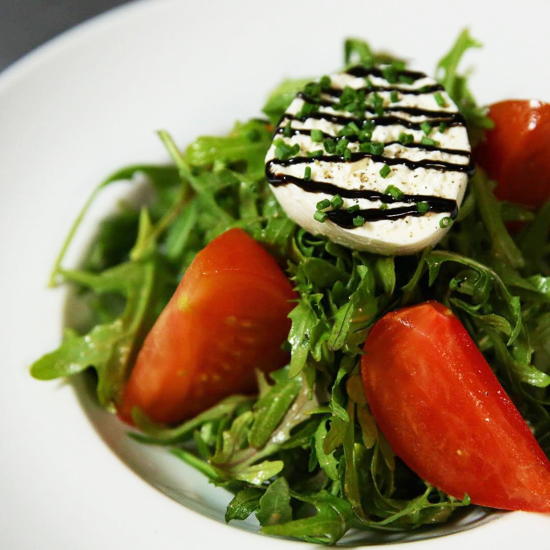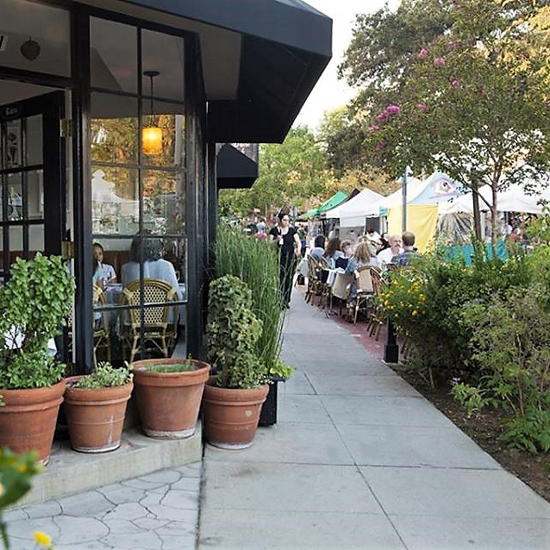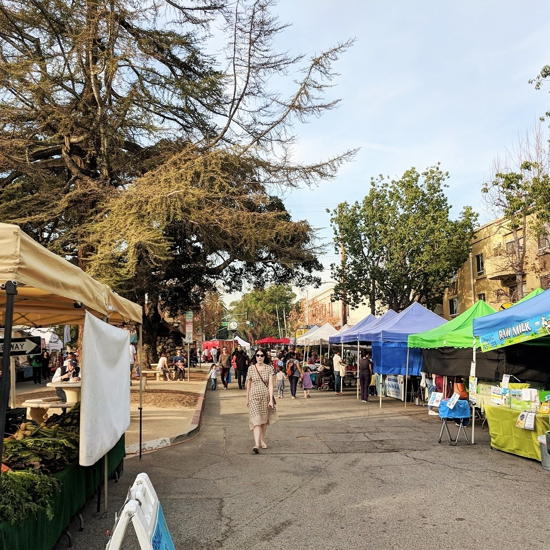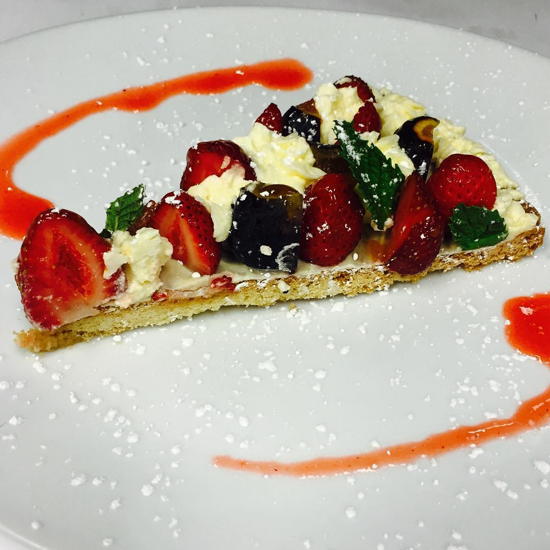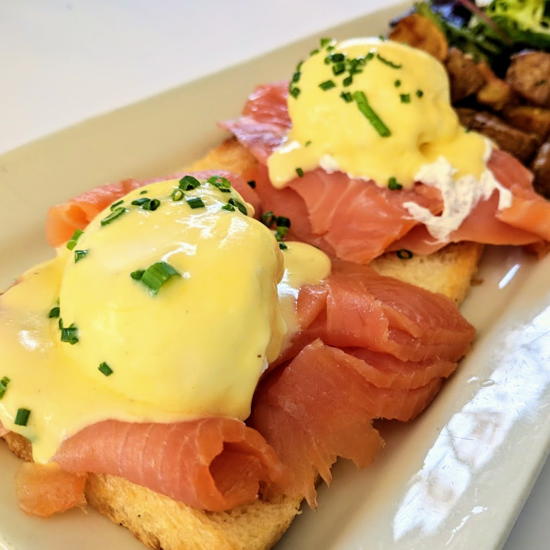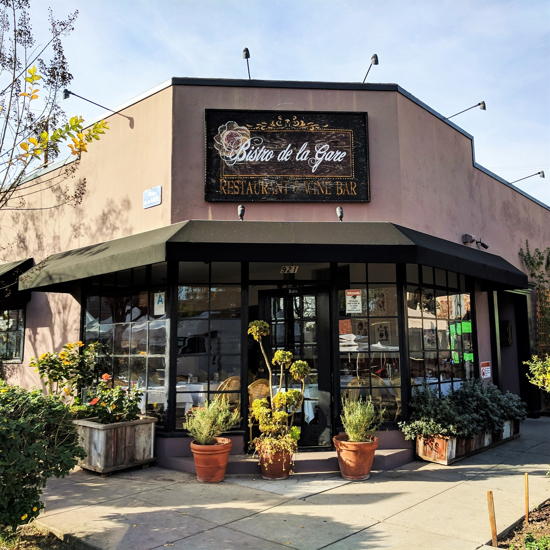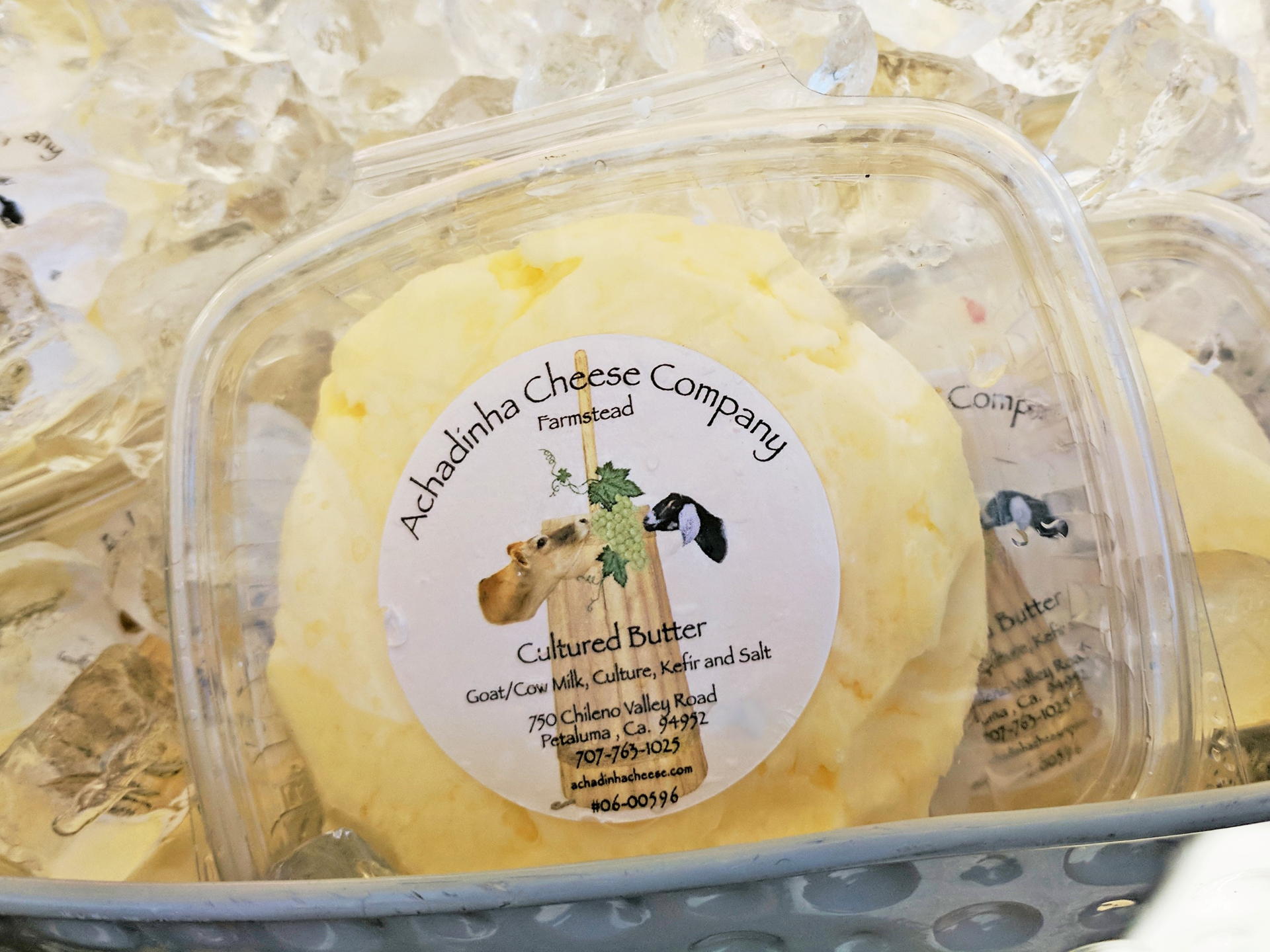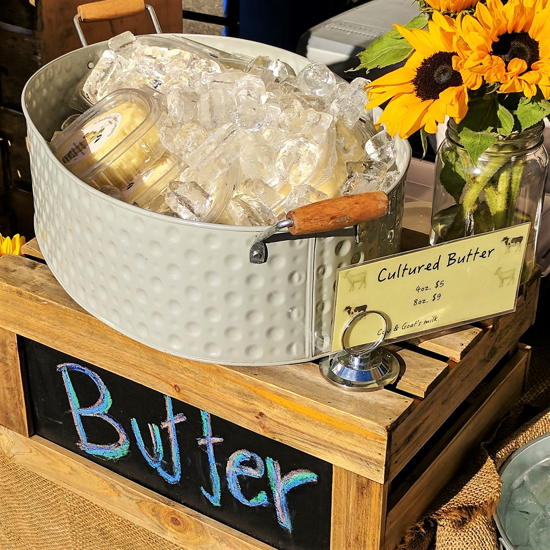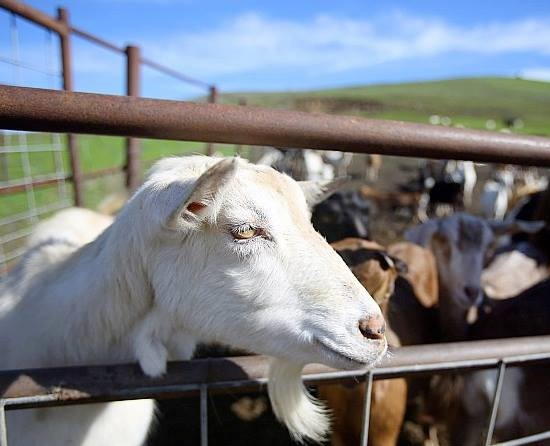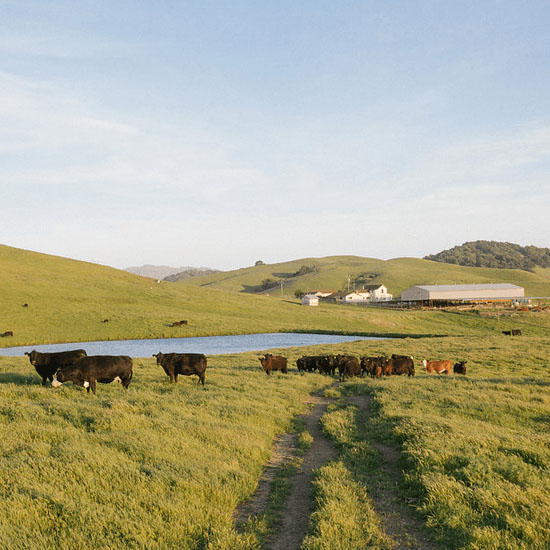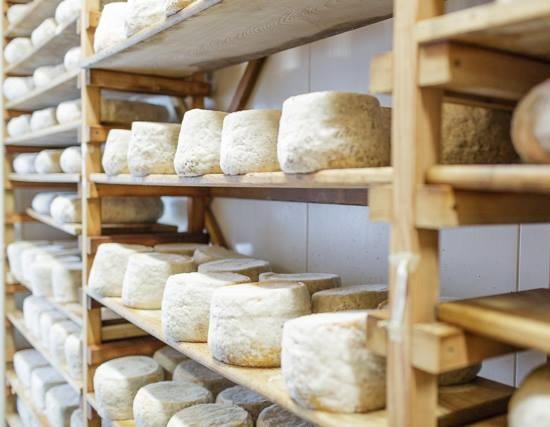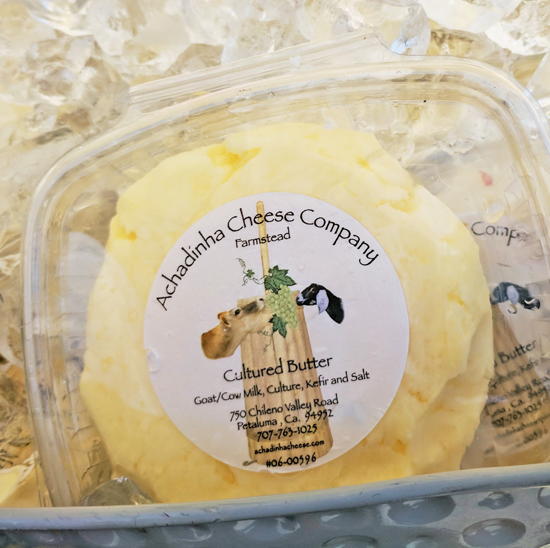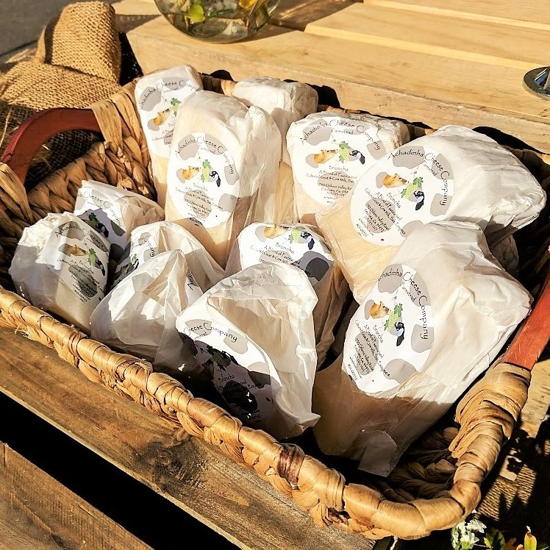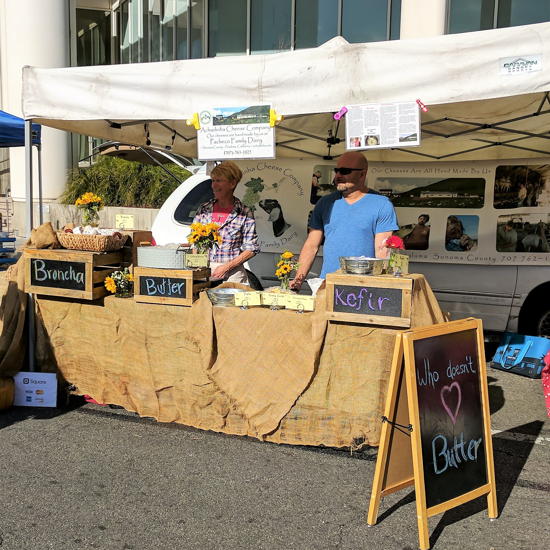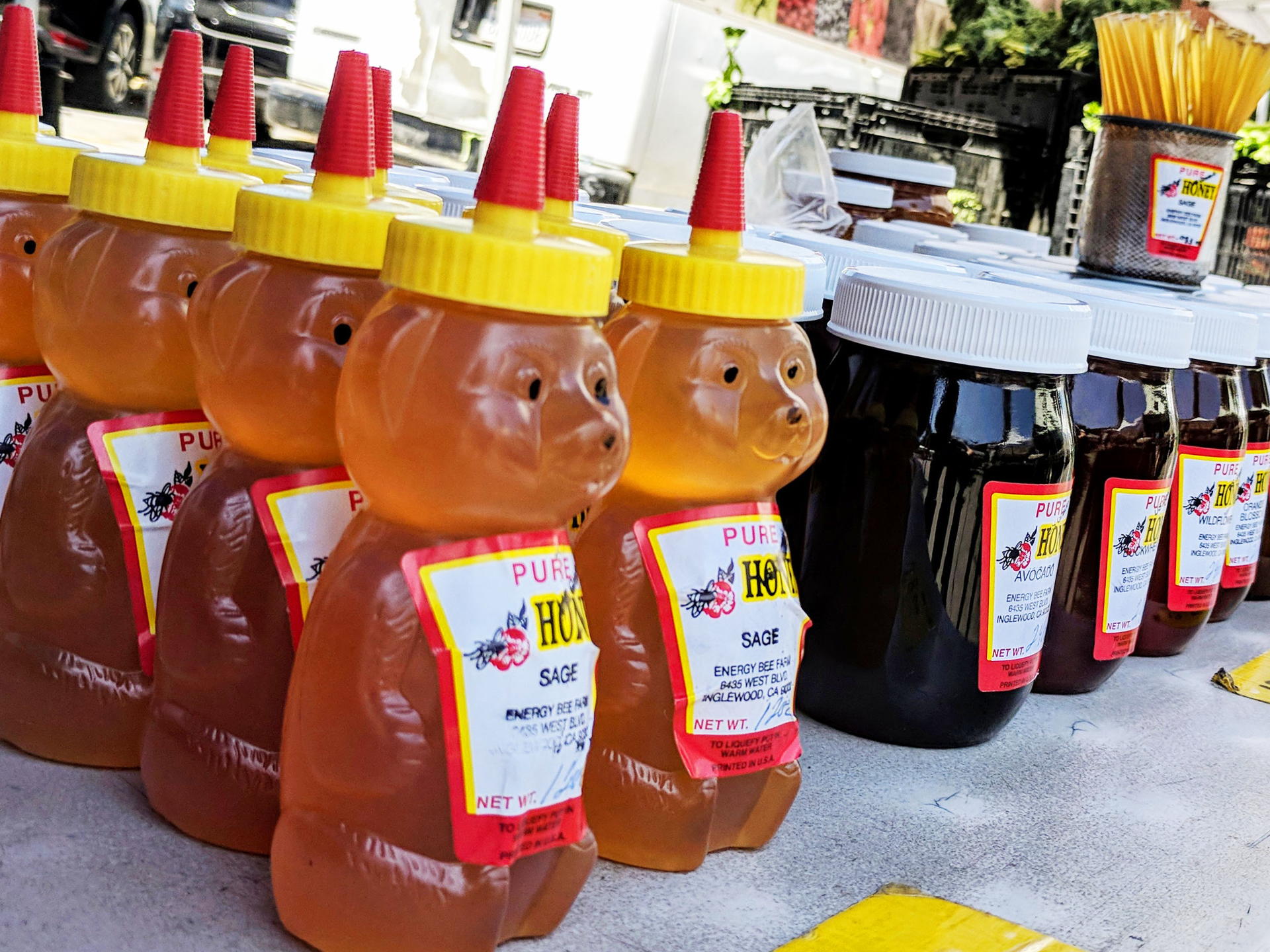
As you hover through the farmers market, the yellow banner at the Energy Bee Farm stand will lead you to a sweet discovery. Beekeeper Jeff Erb and his family have kept busy collecting and selling prized batches of pure hive-to-jar honey across Los Angeles area markets for more than half a century.
It’s a sticky business procuring raw honey the old fashioned way. Energy Bee Farm has always been a family business, started by Jeff’s father Gilbert Erb in 1968. Since then, three generations have worked to harvest honey from wildflower fields and orchards throughout Central and Southern California, hauling it to their facility in Inglewood, where it’s strained and packaged to be sold at 14 local farmers markets.
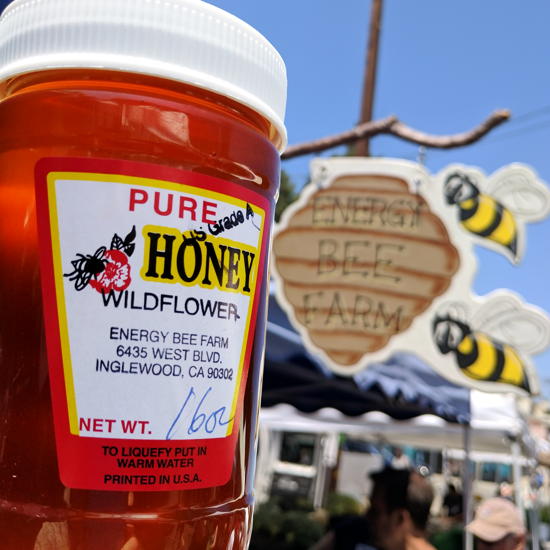
These days, Energy Bee Farm has between 3,000 and 6,000 active honey bee hives in locations such as Porterville, Lindsay, Ivanhoe, Visalia, and the Santa Monica Mountains. The trek to tend to so many far-flung hives pays off with the distinctive varieties of honey that come from each area. Eyeing the jars on Energy Bee Farm’s table, you’ll see various shades of gold, from bright amber to coffee brown. Simply put: different flowers create honeys of different colors and flavors, depending on the nectar source. Even the rate at which each honey naturally crystallizes can vary based on the traits of the nectar and the temperature where it’s stored.
The varieties currently available from Energy Bee Farm include avocado, sage, buckwheat, orange blossom, and wildflower. Orange blossom honey tastes expectedly citrusy like oranges, while avocado honey tastes nothing like avocados. It’s less sweet with a dark color like molasses, revealing a higher mineral content that occurs in seasons with less rainfall. The sage honey is mild and floral, buckwheat is strong and spicy, and the somewhat fruity flavor of wildflower can change between seasons.
“In drought years, you get a mishmash of everything,” Jeff described. “Because there’s so little rain, there isn’t any one dominant flower that’s producing nectar throughout the season, and then you get wildflower honey.”
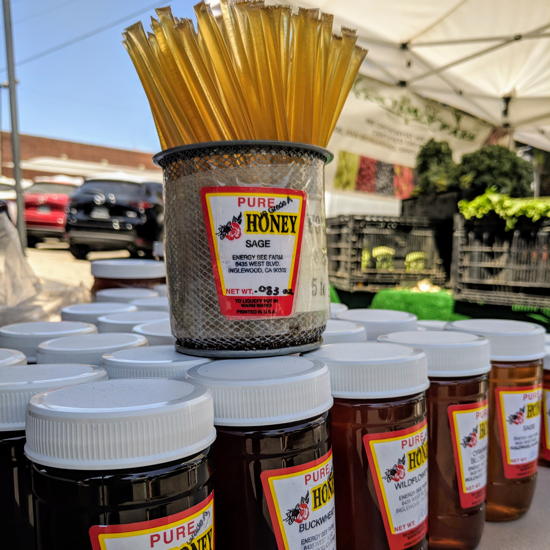
Raw, unpasteurized, unfiltered honey is sought after for its flavors and health benefits. In this natural state, it contains minerals, vitamin-rich pollen, antioxidants, and antibacterial agents, all of which are compromised in mass-produced honeys that are flash heated during the packaging process. At high temperatures, honey takes on the consistency of water so it can be blasted through a filtration system and shot into jars and bottles with the speed of automation.
Energy Bee Farm takes a less hurried approach to honey extraction and packaging. First, a specialized machine slices off the top layer of the honeycomb to open up the cells, and any cells missed are scratched open by hand with a pointed tool. Jeff then places the honeycombs in a spinning device that tosses the honey out of the cells without destroying the combs. To strain unwanted particles from the collected honey, it flows through a series of gradually smaller holes and then a cloth. The strained honey is pumped slowly into barrels, allowed to settle, then poured into jars or bear-shaped squeeze bottles and labeled by hand.
“You’re not cooking it, and you’re not filtering it. And I’m handling it in a way that a large producer packer would tell me is not efficient,” Jeff said.
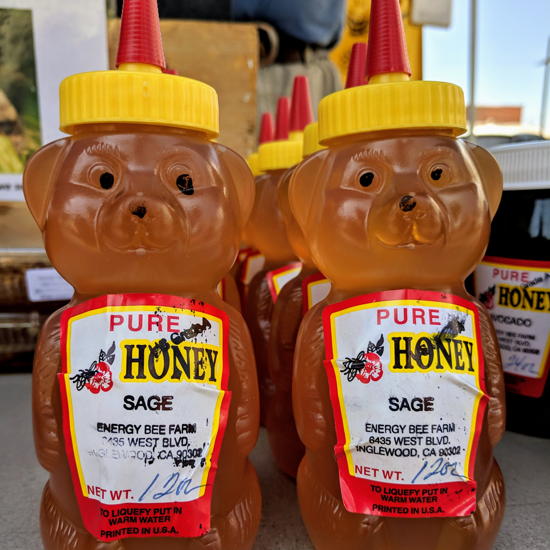
At the farmers market, a few sticky jars are telltale signs of Energy Bee Farm’s manual packaging process. In the heat of the sun, the honey will expand and seep out from jars that were overfilled. Should you happen to pick up a sticky jar, Jeff may offer you an amusing deal, saying, “All the honey on the outside of the jar is free!”
Honey sold at the farmers markets range from 8-ounce sample sizes to 64-ounce jugs that are typically purchased by restaurants. Energy Bee Farm also sells honey sticks, crystallized honey, honeycombs, bee pollen, bee wax, and royal jelly. Sometimes called “bee milk,” royal jelly is a creamy substance that bees make to feed the larvae and the queen. Royal jelly has gotten buzz as a superfood that helps lower blood pressure and cholesterol levels, reduce inflammation, and treat digestive disorders, among many other claims.
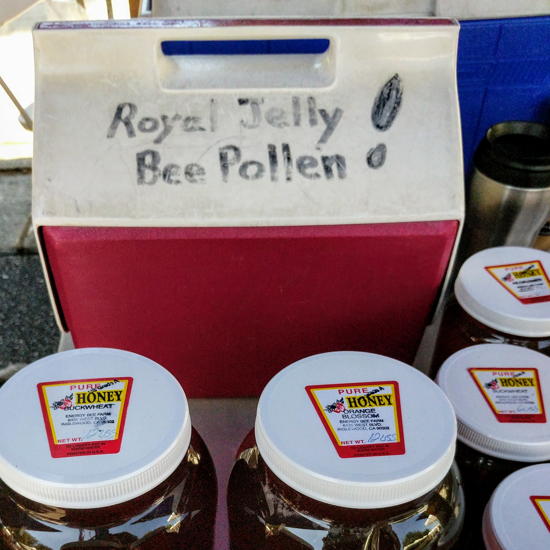
At age 61, Jeff still eats honey every day and occasionally gets stung when working with the honeycombs. This begs the question: why would someone want to work amongst bees?
“They call it bee fever,” Jeff explained. He caught it at age 9 when his older brother Ron showed him a hive and pointed out the queen. “From the minute he opened the hive, it was absolutely fascinating. A bee stung me on the finger and I thought, ‘That doesn’t hurt that bad. I can deal with this.’”
Whenever Jeff visits the hives, he inspects the conditions of each colony, never forgetting that bees are essentially livestock. He’s careful to leave plenty of honeycombs intact for the bees to feed. When conditions like winter or drought inhibit the growth of flowers with nectar, the bees may need supplemental feedings of sugar to ensure that the colonies can survive. Vigilance is crucial since bees are also susceptible to parasites, diseases, chemicals, and other threats that can kill off thousands at a time and spread to nearby colonies.
“The beekeepers who pay the closest attention to their bees are the ones who are the best beekeepers,” Jeff said.
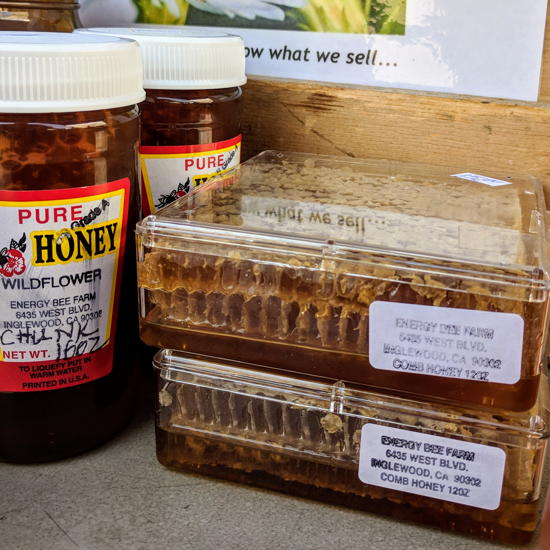
Underscoring the vital role of bees in California’s agricultural ecosystem, Energy Bee Farm is often called upon to bring their hives to orchards and crops in need of pollination. This work usually doesn’t make any honey since some flowers don’t produce enough nectar or pollen to sustain the bees. “Like apples. You never see apple honey,” Jeff explained. “Every year, thousands of bees get moved into the almonds, and yet you never see almond honey.”
For Energy Bee Farm to secure so many yards for the hives, it has taken decades of networking with property owners, farmers, and even national forest rangers. The hives often yield honey during the hottest months of the year—an uncomfortable situation for beekeepers who are covered from head to toe in protective suits that can add an extra 25 degrees. Puffs of smoke are used to pacify the bees while removing the honeycomb frames, which are exponentially heavier when filled with honey. Needless to say, Jeff has endured his share of heat exhaustion episodes in the course of his workdays.
“It is the most laborious task I ever found in my life,” Jeff said of beekeeping, “and I’ve worked in a lot of other laborious jobs.” Jeff used to do the heavy bee work with his brother while their father managed the farmers markets. Now that Ron has retired, Jeff works the markets while his nephew Dave Sample does the heavy lifting. Dave came into the bee business by marriage to Jeff’s niece Sarah, who is now building a retail line called True Gold Honey.
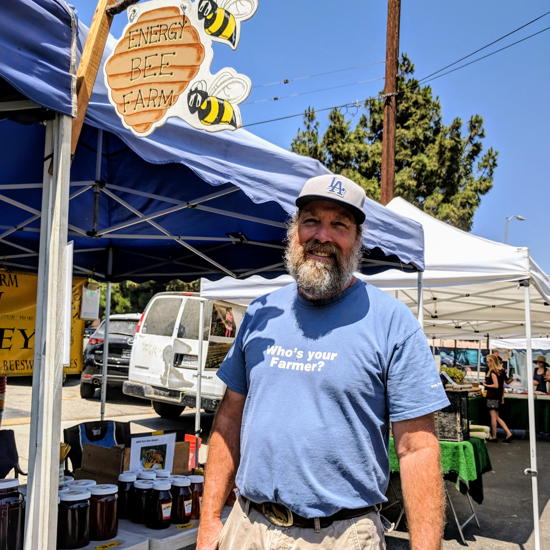
Jeff can be found weekly at the Westchester Farmers Market on Wednesdays and the West Los Angeles Farmers Market on Sundays, which he likes to say is his day off. Quoting his older brother, Jeff declared, “‘If you do what you like, you like what you do.’ And I like what I do.”
You can also find Energy Bee Farm at the following markets: Houghton Park (Mon), Manhattan Beach (Tues), Santa Monica Downtown (Wed), Huntington Park (Wed), Bixby Knolls (Thurs), Downtown Long Beach (Fri), Cerritos (Sat), Torrance (Sat), Buena Park (Sat), Long Beach Marina (Sun), Santa Monica Main St. (Sun), and Encino (Sun).
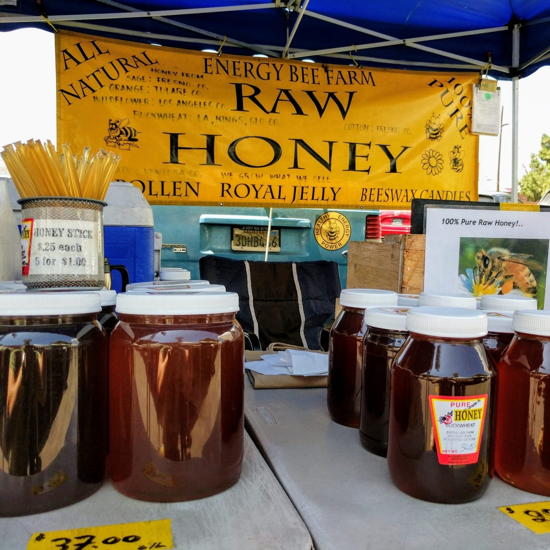
For more information, click the Foodzooka profile below to find the farmers market schedule for Energy Bee Farm and follow them on Instagram.

